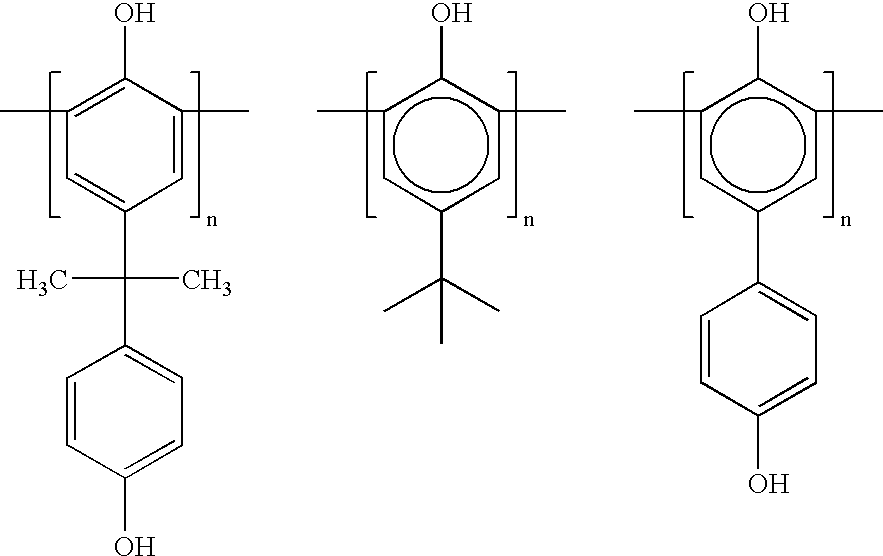Polymeric microporous paper coating
a microporous paper and polymer technology, applied in the field of polymeric microporous paper coating, can solve the problems of not being able to reliably form black and white or colored images, and achieve the effects of improving the ink acceptance and retention capacity of fine fiber coating, improving the hydrophilic properties, and excellent ink acceptance and retention properties
- Summary
- Abstract
- Description
- Claims
- Application Information
AI Technical Summary
Benefits of technology
Problems solved by technology
Method used
Image
Examples
Embodiment Construction
[0010] The printable layer or coating of the invention formed on a sheet stock or paper stock, comprises a spun fine fiber material having a defined fiber size, layer thickness, layer structure, and microporous character that can accept and retain inks as described. The stock can have a coating comprising 1-50 layers of the fine fiber material. The stock can comprise typically a synthetic, cellulosic, or mixed base combined with other fiber, other additives, organic and inorganic coatings, and other common web or paper technology. The fine fiber is typically spun onto the surface of the stock to form a final ink-accepting coating on one or both layers of the stock.
[0011] Printable substrates include paper, paperboard, metal, metal foils, plastic, plastic films, wovens or non-wovens and other material that can accept and retain a printed flexographic image. The primary focus of the invention is on printed-paper, paperboard or flexible non-woven and film materials. Paper and paperboar...
PUM
| Property | Measurement | Unit |
|---|---|---|
| thickness | aaaaa | aaaaa |
| thickness | aaaaa | aaaaa |
| pore size | aaaaa | aaaaa |
Abstract
Description
Claims
Application Information
 Login to View More
Login to View More - R&D
- Intellectual Property
- Life Sciences
- Materials
- Tech Scout
- Unparalleled Data Quality
- Higher Quality Content
- 60% Fewer Hallucinations
Browse by: Latest US Patents, China's latest patents, Technical Efficacy Thesaurus, Application Domain, Technology Topic, Popular Technical Reports.
© 2025 PatSnap. All rights reserved.Legal|Privacy policy|Modern Slavery Act Transparency Statement|Sitemap|About US| Contact US: help@patsnap.com

